Subtotal: RM0.00
Product Description
Intro
Also known as Jelai or Dalai, this plant thrives wild or cultivated across Peninsular Malaysia and Borneo. The wild variety, traditionally believed to hold protective powers, is used in construction or accessories. Today, its seeds have gained popularity as ornamental beads on jewellery or clothing. Although often overlooked, this versatile plant is adopted across multiple facets of life, contributing to food, medicine and decoration.
Background
Over the course of time, Karil has undergone a transformation, transcending its traditional roles to find a contemporary identity. The seeds of the plant, once imbued with cultural significance, have now become highly sought-after embellishments in the realms of jewellery and clothing. Crafted into ornamental beads, these seeds not only showcase the innate beauty of Karil but also encapsulate a touch of cultural heritage.
Despite its historical and cultural importance, Karil tends to operate subtly in the background, quietly contributing to various aspects of daily life. Beyond its cultural roles, Karil plays a significant part in the culinary domain, offering a source of nourishment, and is esteemed for its medicinal properties. Furthermore, as a decorative element, Karil introduces a natural elegance to diverse settings.
In delving into the refined history and background of Karil, one unravels a narrative of a plant intricately woven into cultural practices, demonstrating resilience and adaptability through changing times. From traditional beliefs to contemporary fashion, Karil’s journey exemplifies the dynamic interplay between nature, culture, and human ingenuity, creating a narrative that resonates with both the past and the present.
The Motif
Karil’s natural form serves as a compelling design motif, inspiring various design applications with its organic features. The elongated leaves and symmetrical seed arrangement are two crucial elements used to create patterns, incorporated into textiles, wallpapers, and other design mediums. The plant’s earthy color palette also adds a touch of natural warmth to the designs. The adaptability of Karil as a design motif allows for versatile applications, ranging from fashion to interior decor.
Its cultural significance, rooted in traditional beliefs of protective powers, adds a layer of depth to the motif, making it more than just a visual element. In design applications, Karil becomes a bridge between nature, culture, and creativity, offering a unique and meaningful aesthetic to diverse artistic expressions.

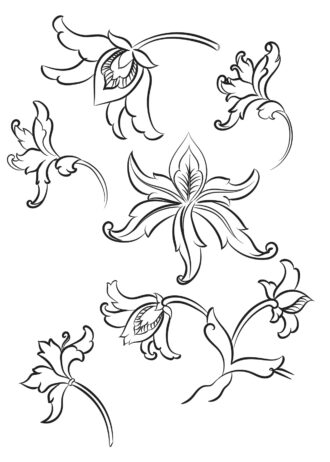

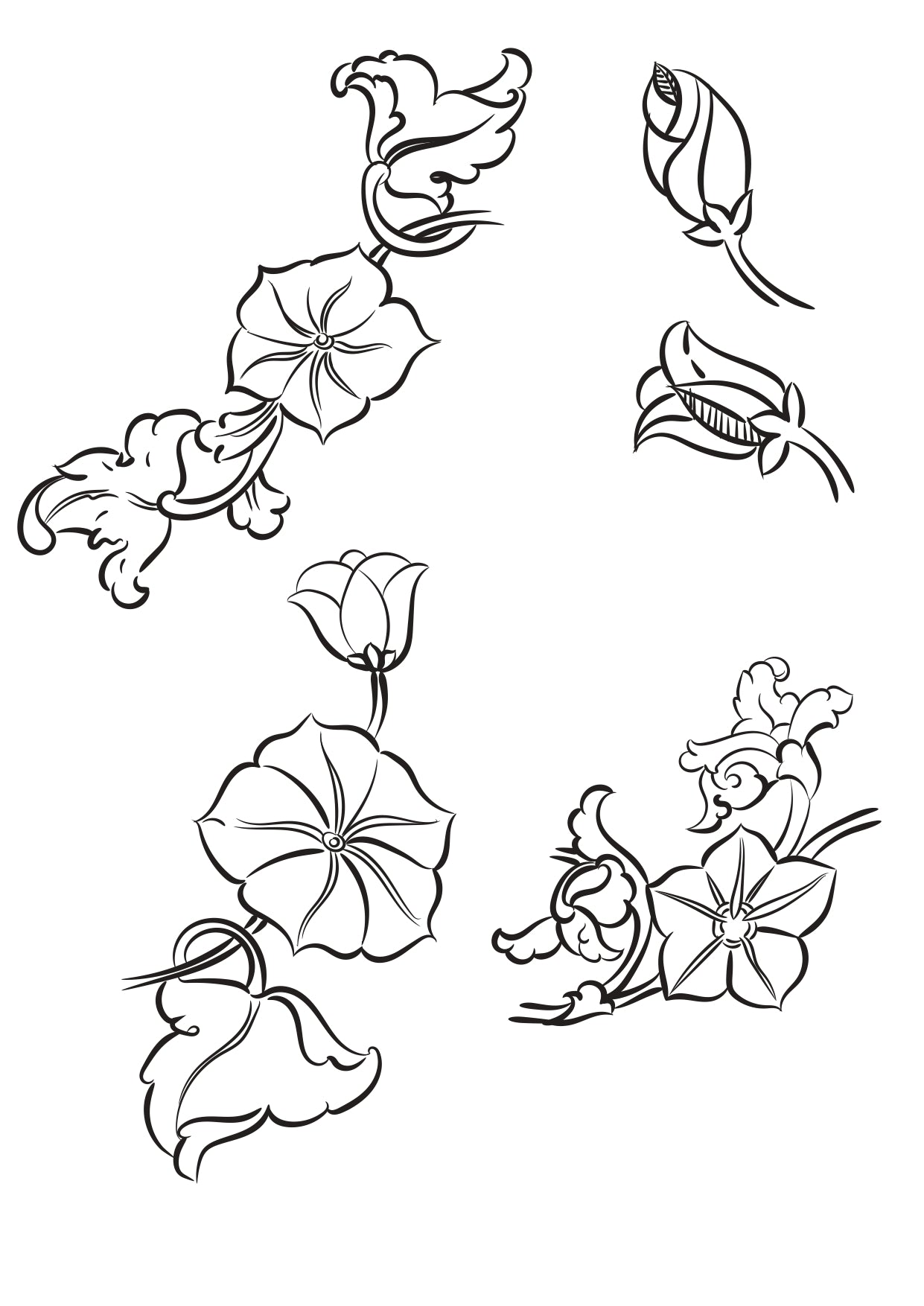
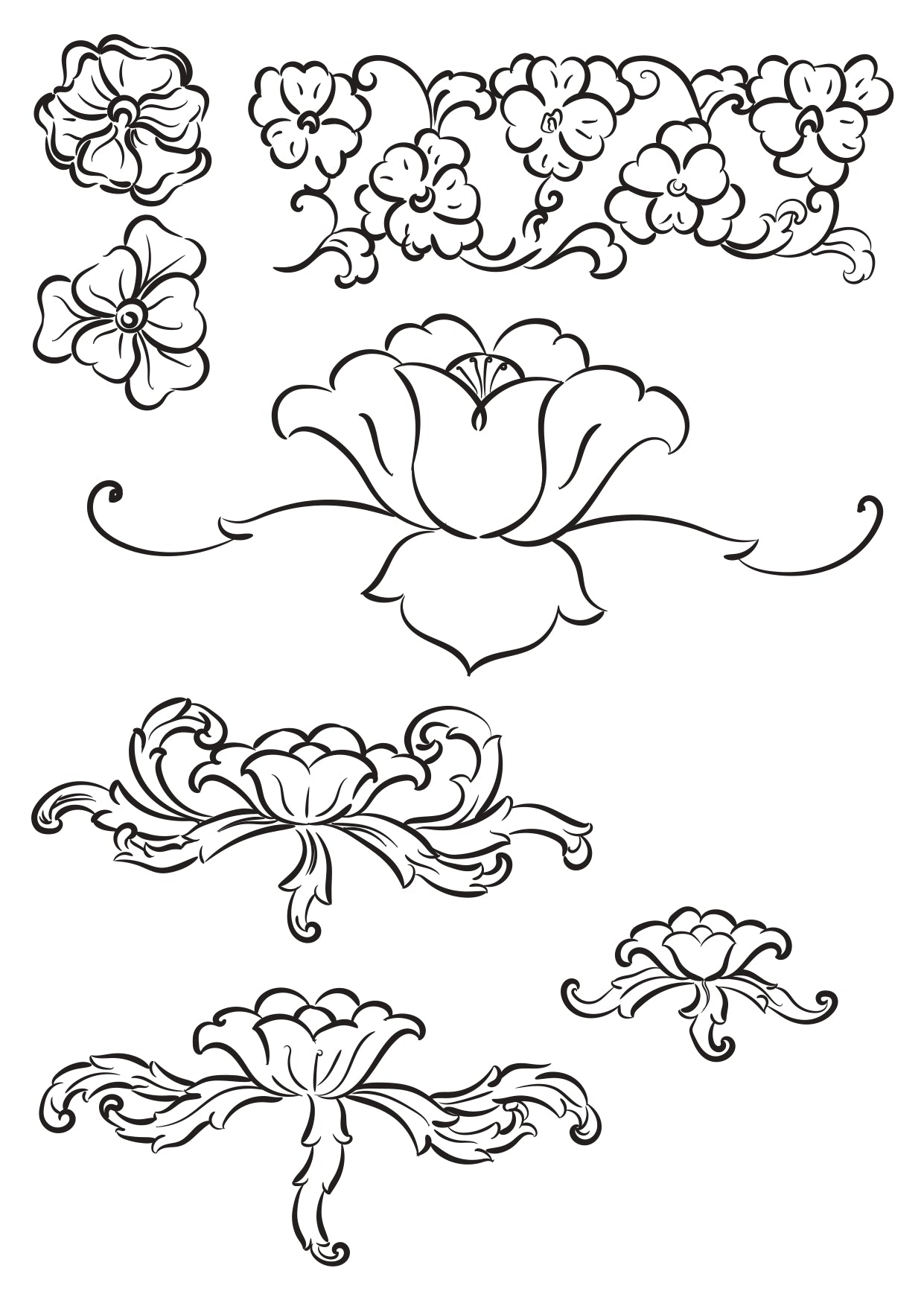
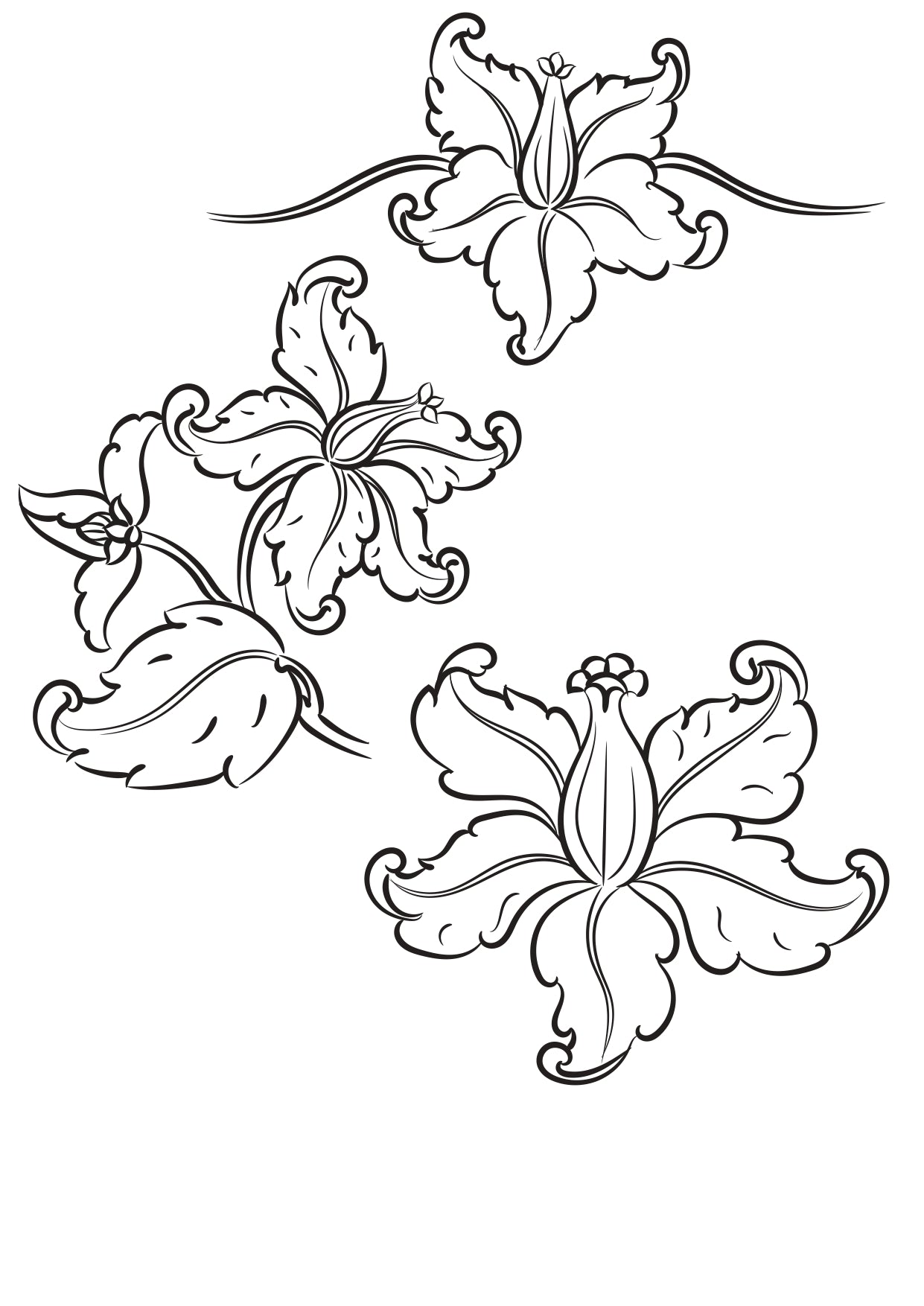

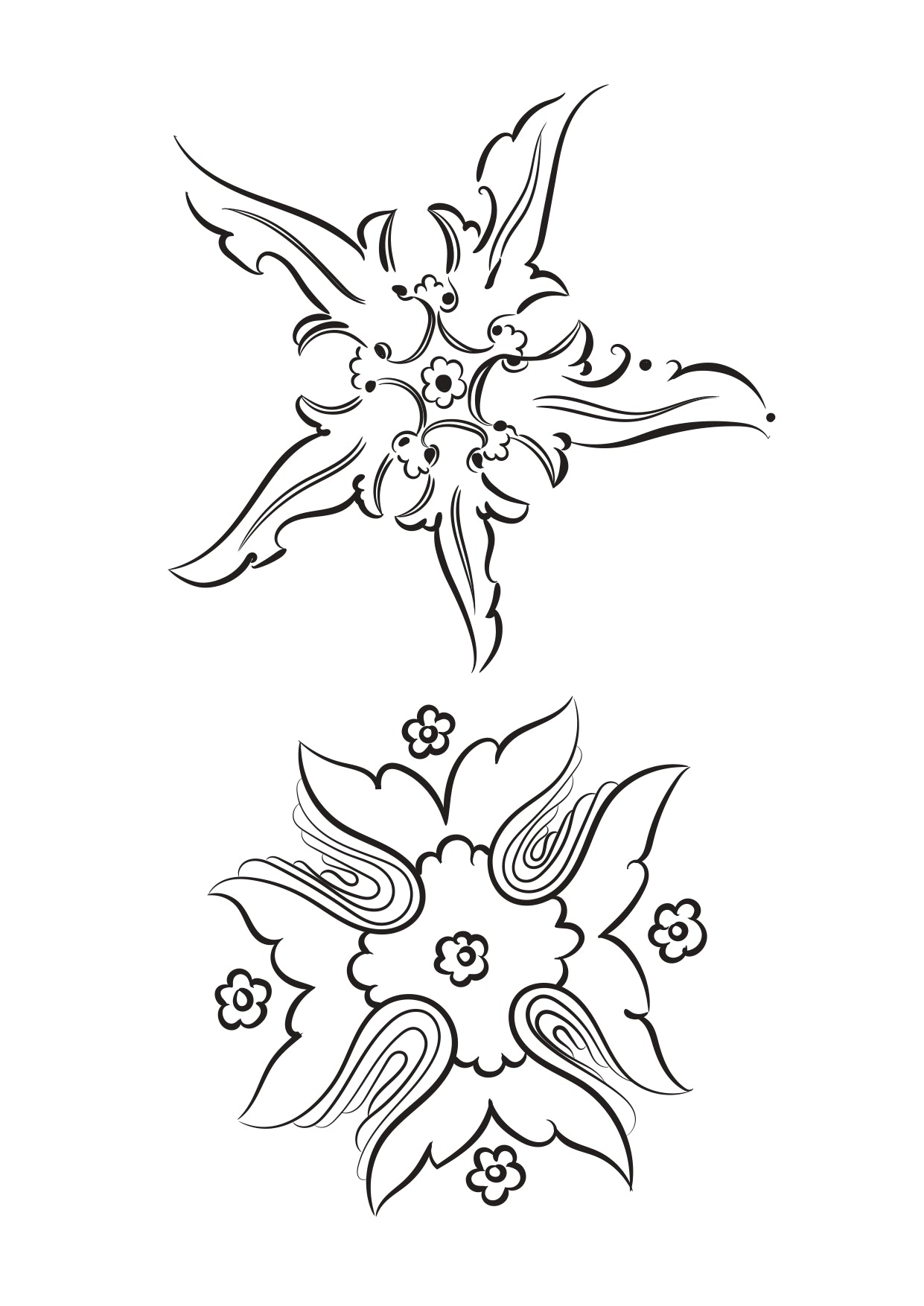

Reviews
There are no reviews yet.